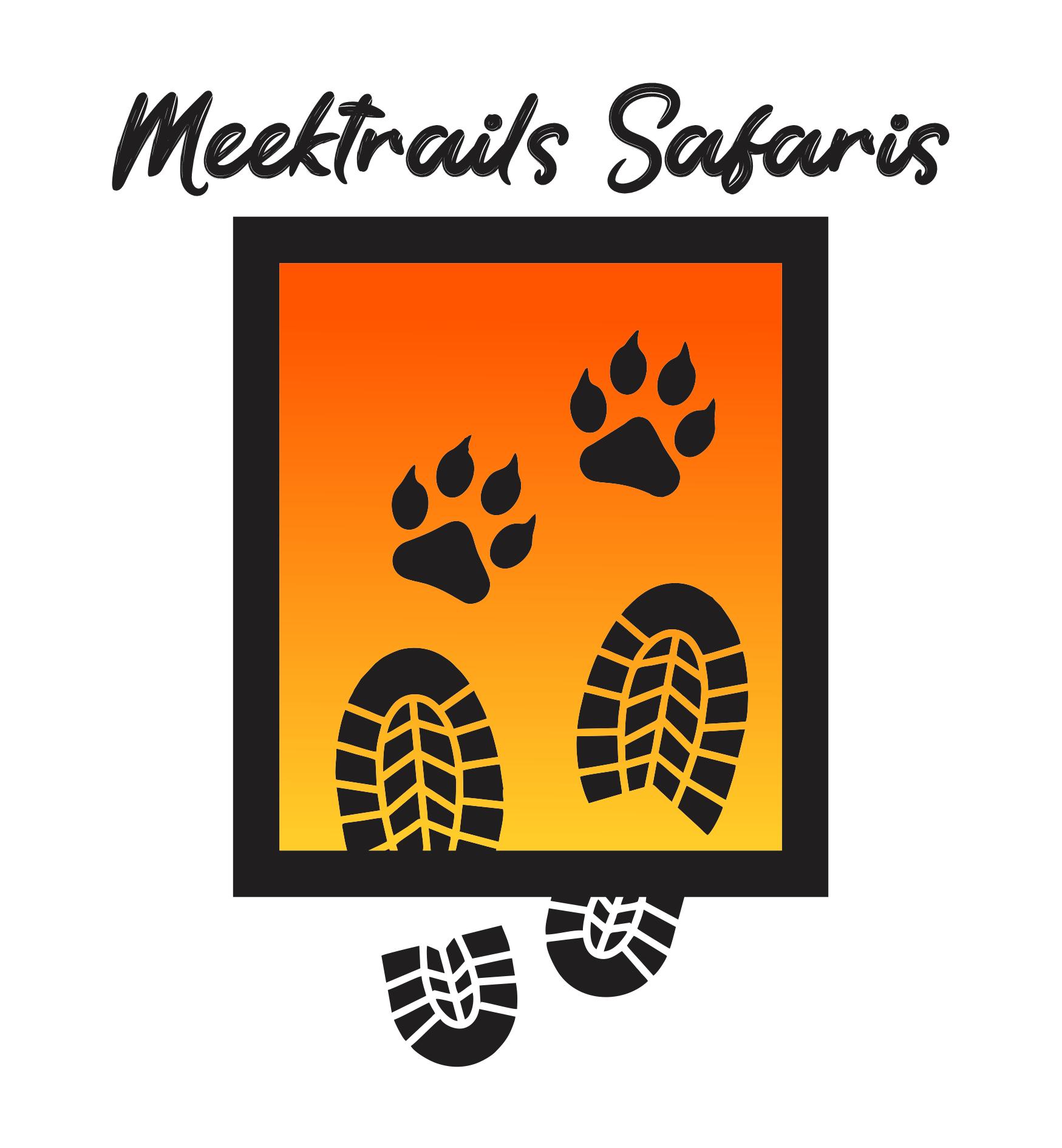Going on a safari to Kenya is every travelers dream is an exciting journey, but with so many options available, it can be a little overwhelming. From the majestic wildlife to the awe-inspiring landscapes, Kenya offers some of the best safari experiences in the world. At Meektrails Safaris, we are dedicated to making your safari adventure smooth, memorable, and personalized. Here are 10 essential things you should know before starting on your Kenyan safari.
1. Choose the Right Safari Destination
Kenya is home to a wide range of national parks and game reserves, each offering unique wildlife experiences. Deciding where to go is crucial:
- Masai Mara for the Great Migration
- Amboseli for elephants and views of Mount Kilimanjaro
- Samburu for unique species like the Grevy’s zebra and gerenuk
To make the best choice, ask yourself what kind of wildlife, scenery, or cultural experiences you want to prioritize. This will help you focus on the right regions of Kenya.
2. Consider Travel Distances Between Parks
While Kenya’s parks are well-connected, don’t underestimate the travel time between them. For instance:
- Nairobi to Masai Mara is about a 6-hour drive
- Lake Nakuru to Amboseli can take up to 7 hours
Long drives are common on safari, so plan your itinerary with ample time for rest and wildlife viewing. Trying to pack too much into a single trip can lead to exhaustion.
3. Work with a Trusted Safari Operator
Choosing a reliable safari operator is key to a successful experience. At Meektrails Safaris, we take pride in offering personalized itineraries, experienced guides, and a deep knowledge of Kenya’s landscapes and wildlife. Always ensure you’ve communicated your needs and budget clearly with your operator, and don’t hesitate to ask for references or past client reviews.
4. Understand the Range of Safari Costs
Safaris in Kenya can vary greatly in price. Budget group safaris start as low as $100 per day, while luxury safaris can cost upwards of $2,000 per day. Factors that affect pricing include:
- Type of accommodation (basic camps vs. luxury lodges)
- Park entry fees
- Mode of transport (group safari vehicles vs. private guides)
At Meektrails Safaris, we work with you to design a safari that fits your budget without compromising on quality.
5. Private vs. Group Safaris
Group safaris are great for meeting new people and are more affordable, making them ideal for solo travelers and students. Private safaris, while more expensive, offer a more personalized experience, which is perfect for families, couples, or photographers looking for a tailored itinerary.
6. Timing is Everything: Best Time to Visit
Kenya has distinct safari seasons:
- June to October is the dry season and the best time for wildlife viewing, especially if you want to witness the Great Migration in Masai Mara.
- March to May and November to December are the rainy seasons, offering lower prices and fewer crowds.
For those who prefer quieter safaris and more affordable rates, traveling during the shoulder seasons in January, February, or June is ideal.
7. Be Mindful of Cultural Experiences
Many safari packages include visits to Masai villages, but not all are authentic. Some of these villages are set up purely for tourism. For a deeper cultural connection, ask your safari operator about community-based visits or sustainable tourism projects that directly benefit local communities.
8. Respect Wildlife and Follow Guidelines
Kenya’s national parks are home to some of the world’s most magnificent animals, but it’s important to follow the safety guidelines set by your guide:
- Never leave the vehicle during a game drive unless instructed by your guide.
- Always maintain a respectful distance from the animals.
At Meektrails Safaris, our expert guides ensure you have a safe and responsible wildlife experience.
9. Pack for Both Heat and Cold
Kenya’s climate can be extreme depending on where and when you travel. Masai Mara can get chilly during the early mornings and evenings, especially between June and August. Meanwhile, places like Samburu and Tsavo can be incredibly hot. Pack layers of clothing, including a warm jacket, and stick to neutral colors like beige and green, which blend into the natural surroundings.
10. Plan Your Payments and Currency Needs
It’s advisable to pay for most of your safari expenses upfront, especially for accommodation and park fees. In Kenya, you’ll primarily need Kenyan Shillings for local purchases. While many hotels and restaurants in major cities accept credit cards, remote areas may only deal in cash. Note that ATMs typically limit withdrawals to about $400 per day, so plan accordingly.
Conclusion
A safari in Kenya is an experience like no other, but thoughtful planning is key to making the most of your trip. Whether you’re seeking the thrill of spotting the Big Five or an immersive cultural encounter, Kenya offers endless possibilities. At Meektrails Safaris, we are here to guide you every step of the way, from itinerary planning to ensuring you have the most memorable adventure.
Ready to book your safari? Visit meektrailssafaris.com and let us help you plan the perfect Kenyan safari that suits your budget, preferences, and dreams.






